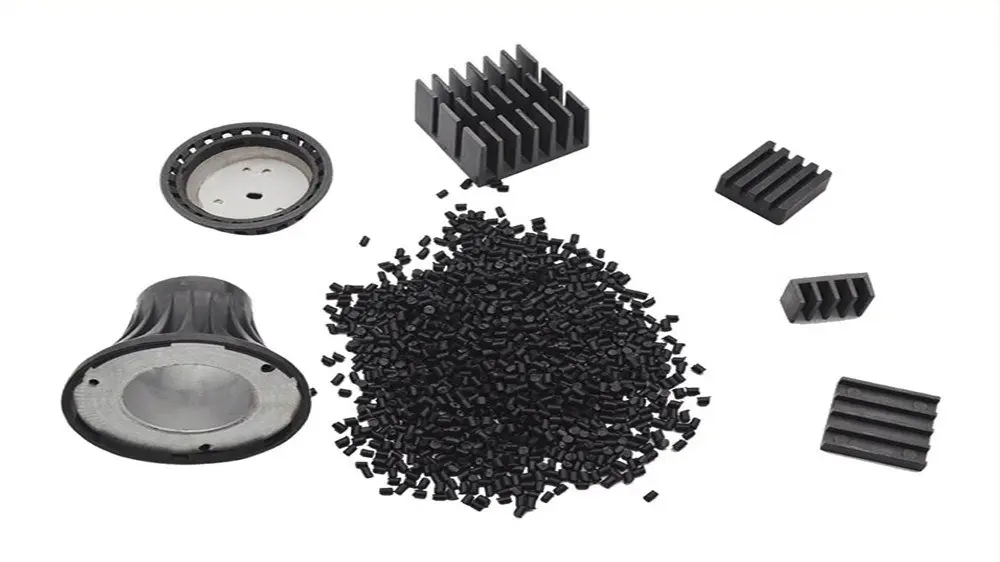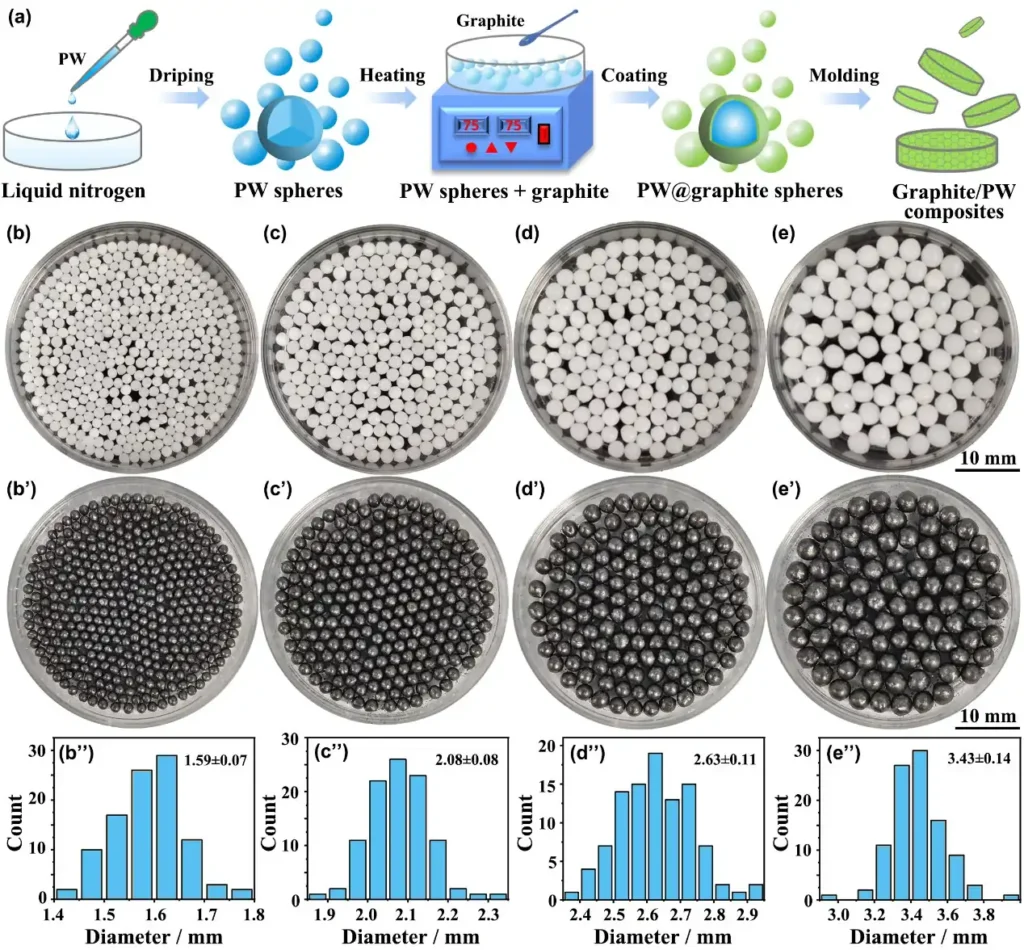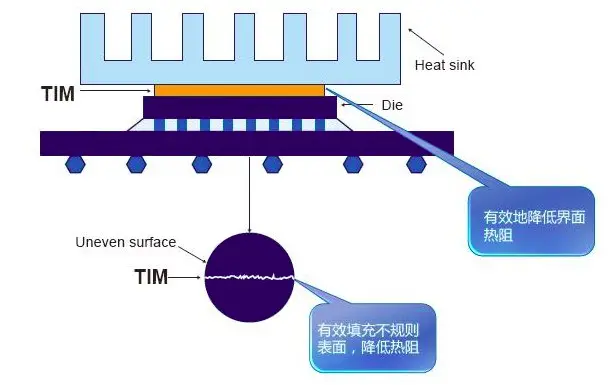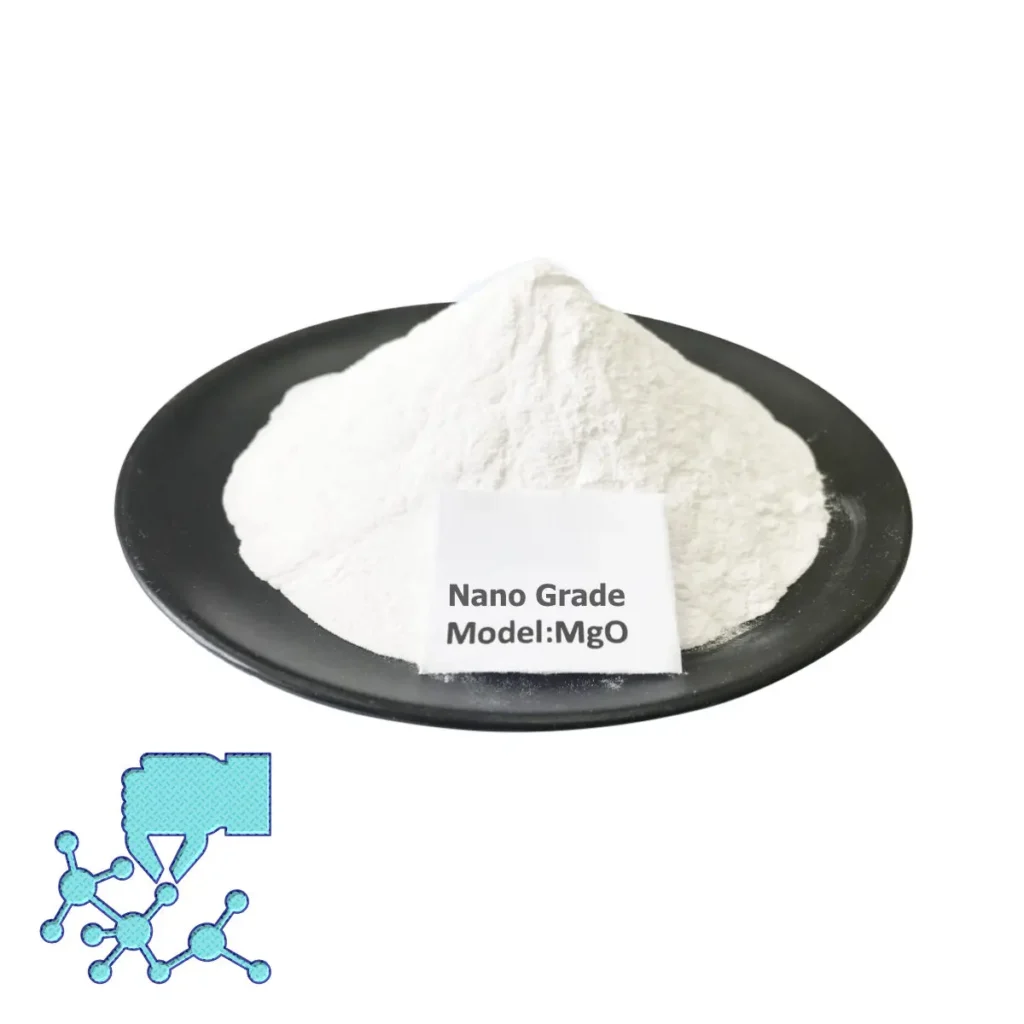Nano-magnesium oxide is a nanomaterial with excellent thermal conductivity. Its atomic lattice structure is dense and has high thermal conductivity. In addition, nanomagnesium oxide has good chemical stability, high temperature resistance and corrosion resistance, so it has a wide range of applications in the field of thermal conductive materials.
The main applications of nanomagnesium oxide in thermal conductive materials include the following:
Thermal conductive plastics: Nanomagnesium oxide can be added to plastics to improve their thermal conductivity. Plastics have poor thermal conductivity, so their applications in electronic components, automobiles, aerospace and other fields are limited. Adding nano-magnesium oxide can significantly improve the thermal conductivity of plastics, giving them good heat dissipation properties.

Thermal conductive composite materials: Nano-magnesium oxide can be added to thermally conductive materials such as metals and ceramics to prepare thermally conductive composite materials. Thermal conductive composite materials have excellent thermal conductivity and mechanical properties and are widely used in electronic components, aerospace, military industry and other fields.

Thermal interface material: Nanomagnesium oxide can be used as a thermal interface material to improve heat conduction efficiency. Thermal interface materials are thermally conductive layers that connect two dissimilar materials to efficiently transfer heat. Nanomagnesium oxide has good thermal conductivity and lubricity, making it an ideal thermal interface material.

The application of nanomagnesium oxide in the field of thermal conductive materials has broad market prospects. With the continuous development of nanotechnology, the thermal conductivity of nanomagnesium oxide will be further improved, and its application in the field of thermal conductive materials will also be more extensive.

